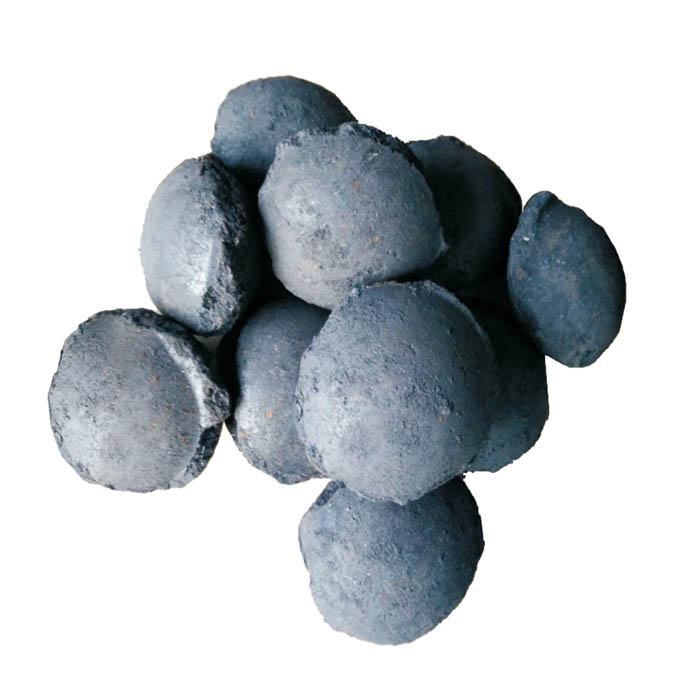Nov . 24, 2024 10:37 Back to list
china common adsorbents
Common Adsorbents in China A Comprehensive Overview
Adsorption is a crucial process in various industrial applications, including water treatment, air purification, and chemical separation. In China, the use of common adsorbents has significantly expanded, driven by the country's rapid industrialization and environmental challenges.
What are Adsorbents?
Adsorbents are materials that can attract and hold particles, such as gases, liquids, or dissolved solids, on their surface. This process, known as adsorption, differs from absorption, where substances penetrate the bulk of the material. The effectiveness of an adsorbent is often determined by its surface area, pore structure, and chemical properties.
Common Types of Adsorbents in China
1. Activated Carbon One of the most widely used adsorbents, activated carbon is derived from carbonaceous materials like coal, coconut shells, and wood. Its vast surface area and porous structure allow it to effectively adsorb organic compounds, odors, and various pollutants. In China, activated carbon is extensively used in water treatment facilities to remove chloramines and other contaminants.
2. Zeolites These are microporous aluminosilicate minerals that have a unique cage-like structure. Zeolites are well-known for their ion-exchange capabilities and are particularly effective in purifying gases. In China, zeolites are commonly used in the petrochemical industry for catalytic processes and as adsorbents in the removal of ammonia and other toxic gases from wastewater.
3. Silica Gel Known for its moisture-absorbing properties, silica gel is often used as a desiccant to keep products dry and prevent spoilage. In the Chinese market, silica gel finds applications in various sectors, including pharmaceuticals, electronics, and food packaging, owing to its ability to adsorb moisture and maintain product integrity.
china common adsorbents

4. Clay Minerals Commonly used in both industrial and agricultural settings, clays like bentonite and montmorillonite are effective adsorbents due to their layered structures and cation-exchange properties. In China, these clay minerals are employed in oil drilling, as binding agents in the manufacturing of animal feeds, and in environmental remediation to adsorb heavy metals and organic pollutants.
5. Metal-Organic Frameworks (MOFs) A relatively newer class of adsorbents, MOFs are composed of metal ions coordinated to organic ligands, resulting in a highly porous structure with a large surface area. In China, research on MOFs is rapidly advancing, with applications ranging from gas storage and separation to catalysis and drug delivery.
Challenges and Future Trends
Despite the advancements in adsorbent technologies, challenges remain in their production and application. Issues such as the sustainability of raw materials, regeneration of spent adsorbents, and economic feasibility of large-scale implementations necessitate ongoing research and innovation.
The future of adsorbents in China is likely to focus on developing eco-friendly materials, enhancing adsorption capacities, and exploring novel applications. The integration of nanotechnology in adsorbent materials could also pave the way for more efficient and targeted adsorption processes.
Conclusion
China's journey in the field of adsorption is intertwined with its quest for environmental protection and sustainable development. With the continuous evolution of common adsorbents like activated carbon, zeolites, silica gel, clays, and innovative materials like MOFs, the country is not only addressing environmental challenges but also setting the stage for future advancements in adsorption technology.
-
Fe-C Composite Pellets for BOF: Enhance Steelmaking Efficiency
NewsAug.07,2025
-
Eco-Friendly Granule Covering Agent | Dust & Caking Control
NewsAug.06,2025
-
Fe-C Composite Pellets for BOF: High-Efficiency & Cost-Saving
NewsAug.05,2025
-
Premium Tundish Covering Agents Exporters | High Purity
NewsAug.04,2025
-
Fe-C Composite Pellets for BOF | Efficient & Economical
NewsAug.03,2025
-
Top Tundish Covering Agent Exporters | Premium Quality Solutions
NewsAug.02,2025
